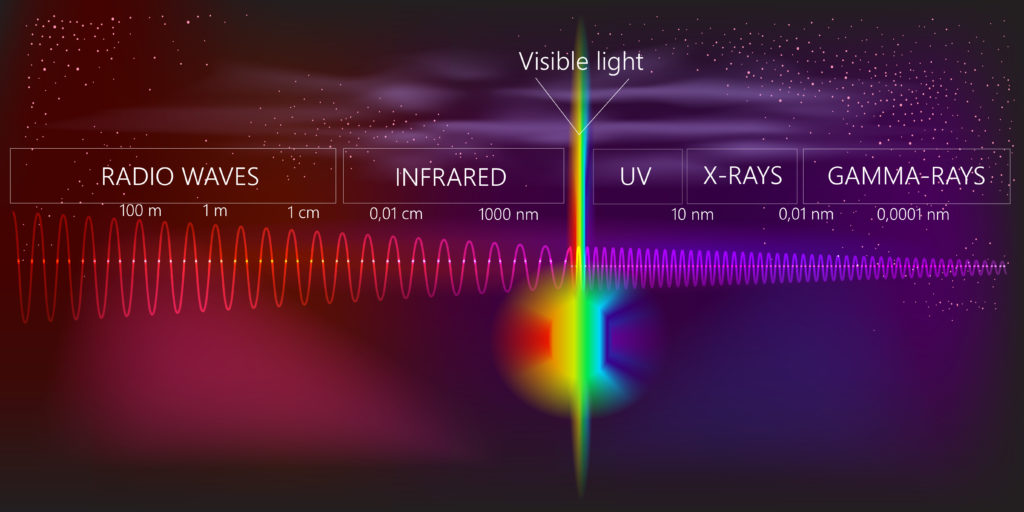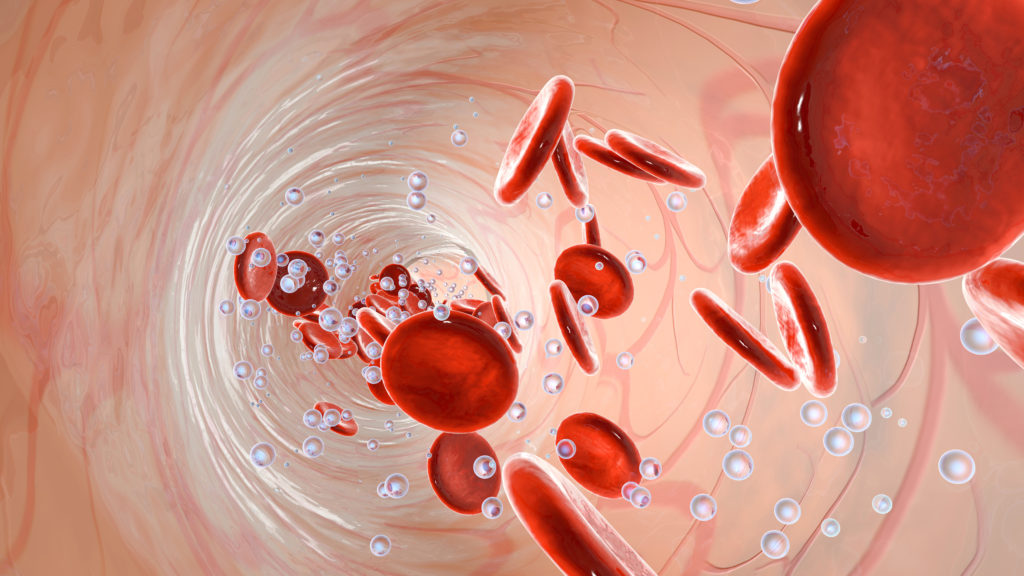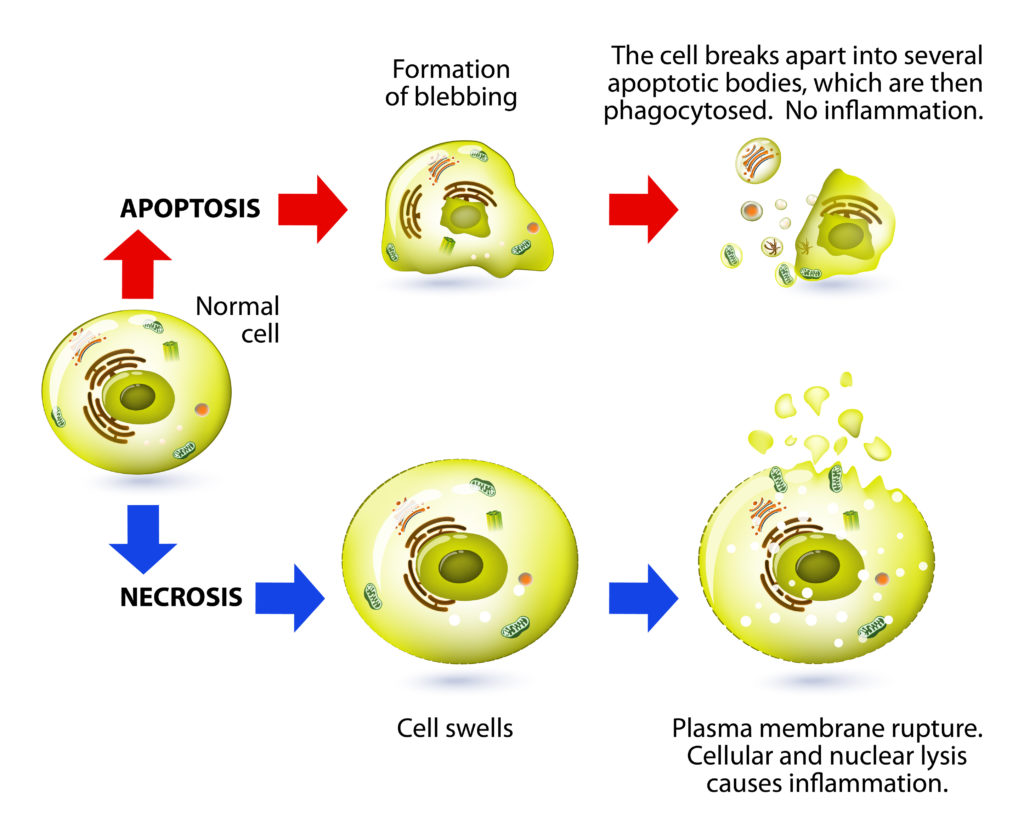One of my favorite things about the modern wellness movement is that there are always new ideas and practices to explore — and one of the latest and buzziest of these is red light therapy. But if you’re anything like me, you may wonder: does red light actually do anything to improve metabolic health, inflammation, and oxidative stress — or is it just a clever marketing ploy to snatch your cash?
Let me say up front that there is absolutely no substitute for practicing the unsexy basics — things like getting enough sleep, eating real and nutrient-dense whole foods, and moving your body joyously.
Still, there seems to be solid proof that red light therapy, which is more formally known as Photobiomodulation (PBMT) can have a positive impact in several ways. PBMT is the general use of light to treat biological inflammation, and recent studies of two specific forms of it — infrared and near-infrared therapy — have shown it to have a profound impact on the reduction of inflammation and oxidative stress levels, as well as improved brain function.
In fact, there are thousands of studies on the topic on PubMed alone, most of which are double-blinded, randomized and placebo-controlled. So while it may seem “out there,” photobiomodulation is absolutely not woo-woo.
Its uses now cover treating a vast range of ailments including skin issues, wrinkles, scar tissue, myofascial, and nerve pain, and may even be a supportive therapy in cases of Alzheimer’s and neuronal preservation.
The Roots of Photobiomodulation
The study of light and its impact on biology began in the late 1980’s, but it wasn’t for humans — it was for plants! A NASA-funded project began exploring it as a way to nourish plants in outer space. The therapy optimized cellular function and photosynthesis and yielded blooming plants. But it also uncovered the fact that red light can help humans on a cellular level.
This finding was particularly exciting to scientists as they were actively seeking ways to maintain the well-being of astronauts when they were traveling through space or living on the moon (238,900 miles from earth, in case you were wondering). Maintaining this well-being in space is not as easy as it might seem with compromised meals and movement, not to mention increased risk of inflammation and atrophy induced by “time in the sky.”
NASA scientists found that much like we draw different nutrients from carbohydrates, proteins, and fats, when light is broken down, each type of wavelength is metabolized differently within our bodies. These wavelengths range from 1 millimeter to 10 nanometers (nm). The lower end of the spectrum presents as low energy heat (rather than light). Mid-range wavelengths present as light photons, stimulating photobiomodulation, and the highest end of the spectrum presents as UVA/B/C/V rays, which damage the dermal layer (our skin) and in the most extreme exposure, can damage our DNA.
The Wellness Benefits of Red Light
While various wavelengths have different uses when it comes to therapeutic benefit, it is the red light wavelengths of between 600nm and 900nm that are most impactful to our mitochondria, and in reducing inflammation and oxidative stress.

But even within the 600-900nm range, these wavelengths have different impacts in different use cases. Each stimulates a particular photochemical reaction and is absorbed by particular chromophores like melanin, hemoglobin, oxyhemoglobin, and cytochrome c oxidase (CCO). CCO is found on the inner membrane of every mitochondrion in our body, and is a crucial player in ATP synthesis (energy production), keeping our cells and body systems functioning as they should.
And simply by improving upon the mitochondria function using PBMT, cells can produce an increased rate of ATP. This improvement allows them to carry out cellular processes more productively and repair damage more readily. It also increases neuroplasticity, which is the nervous system’s ability to remain malleable.
In particular, the chromophore cytochrome c oxidase binds to oxygen during ATP production and, when photobiomodulation is added to the equation, releases nitric oxide. The nitric oxide functions as a vasodilator, leading to even more oxygen transported cellularly, improving energy production.
But even within the red light spectrum, not all waves are created equally – and not all red light devices you purchase will provide the therapy you’re seeking.

With their more shallow depth of penetration, red light devices emitting 600nm are most often known and used in the cases of superficial treatments of skin and mucus membranes. Highly absorbed in melanin and hemoglobin, this lower range frequency inhibits bacteria, promotes cell growth, and helps wound and scar tissue healing.
When you increase exposure to the 800nm range, you’ll penetrate 2-5cm into the dermal layer and stimulate the CCO because of greater photon absorption – kicking off that improved mitochondria function, and in turn ATP, or cellular energy production. This range of lightwaves also increases cell membrane permeability and minimizes pain by stimulating nerve endings. Pain management is unique to the >800nm.
But findings show that penetration may not be everything. While 800nm does penetrate into the subcutaneous layers of the body, the 600nm frequency may have more potential use cases and benefits than scientists originally expected.
The study found that the 600nm wavelength was significantly more effective than higher and lower frequencies in increasing the expression of BDNF in neurons and hippocampal cells.

This increase of BDNF helps in preservation of hippocampal function by decreasing cell-apoptosis and neuronal necrosis. BDNF is a crucial player in creating new neural pathways, and in general, maintaining plasticity.
Putting Red Light Therapy Into Practice
I know that was a whole lot of science, so let me try and boil this down into practical terms. Red light therapy is the real deal and can have a positive impact on your wellness when applied properly.
If you’re looking to work through deeper concerns like myofascial issues and general analgesia, you may choose to opt for a higher frequency exposure. Otherwise using a device that emits a 600nm wavelength should be more than sufficient to help reduce cellular inflammation, increase mitochondrial function, and also help your hippocampus, (if you forgot, it’s the part that helps you remember things) remain protected and preserved. There are even some studies looking at how PBMT can decrease glial cells markedly (a byproduct of mitochondrial dysfunction and cell necrosis that increases with aging) in the basal ganglia. Just remember that dosage (time of exposure and distance from the light source) is important, and more exposure isn’t necessarily better.
And while you can go online right now and purchase your own red light device, (and you really only have pain and inflammation to lose!) you should always lean on your wellness team to help you make the best decision for your lifestyle and goals. While photobiomodulation is broadly okay for many people, some serious conditions should be closely monitored by a clinical practitioner, and accompanied with a holistic protocol. Ready to reduce pain, inflammation, and maybe even preserve your grey matter? Spending some time with this piece of technology may just be the secret to your own fountain of youth.
Sources
Alba Gutiérrez-Menéndez, Sandra Cid-Duarte, María Banqueri, Juan A. Martínez, Marta Méndez, Jorge L. Arias, Photobiomodulation effects on active brain networks during a spatial memory task, Physiology & Behavior, Volume 230, 2021, 113291, ISSN 0031-9384, https://doi.org/10.1016/j.physbeh.2020.113291.
Berman, M. H., & Nichols, T. W. (2019). Treatment of Neurodegeneration: Integrating Photobiomodulation and Neurofeedback in Alzheimer’s Dementia and Parkinson’s: A Review. Photobiomodulation, photomedicine, and laser surgery, 37(10), 623–634. https://doi.org/10.1089/photob.2019.4685
Cesar Lock Silveira, Paulo et al. Effects of photobiomodulation on mitochondria of brain, muscle, and C6 astroglioma cells, Medical Engineering & Physics, Volume 71, 2019, Pages 108-113, ISSN 1350-4533, https://doi.org/10.1016/j.medengphy.2019.05.008
Chapter 1 Introduction – SPIE. https://spie.org/samples/TT115.pdf.https://spie.org/samples/TT115.pdf
“Cytochrome c Oxidase.” Cytochrome C Oxidase – an Overview | ScienceDirect Topics, https://www.sciencedirect.com/topics/agricultural-and-biological-sciences/cytochrome-c-oxidase
Dunbar, Brian. “LED Lights Used in Plant Growth Experiments for Deep Space Missions.” NASA, NASA, https://www.nasa.gov/centers/kennedy/home/plant_growth.html.
Hamblin M. R. (2016). Shining light on the head: Photobiomodulation for brain disorders. BBA clinical, 6, 113–124. https://doi.org/10.1016/j.bbacli.2016.09.002
Hennessy, M., & Hamblin, M. R. (2017). Photobiomodulation and the brain: a new paradigm. Journal of optics (2010), 19(1), 013003. https://doi.org/10.1088/2040-8986/19/1/013003
Heo, J. C., Park, J. A., Kim, D. K., & Lee, J. H. (2019). Photobiomodulation (660 nm) therapy reduces oxidative stress and induces BDNF expression in the hippocampus. Scientific reports, 9(1), 10114. https://doi.org/10.1038/s41598-019-46490-4
Nabil El Massri, Tobias W. Weinrich, Jaimie Hoh Kam, Glen Jeffery, John Mitrofanis,
Photobiomodulation reduces gliosis in the basal ganglia of aged mice,Neurobiology of Aging, Volume 66, 2018, Pages 131-137, ISSN 0197-4580, https://doi.org/10.1016/j.neurobiolaging.2018.02.019.
Nature. https://www.nature.com/articles/s41598-019-46490-4.pdf.
Mitrofanis, John, and Luke A Henderson. “How and Why Does Photobiomodulation Change Brain Activity?” Neural Regeneration Research, Wolters Kluwer – Medknow, Dec. 2020, https://www.ncbi.nlm.nih.gov/pmc/articles/PMC7749488/figure/F1/.
Moore, P., Ridgway, T. D., Higbee, R. G., Howard, E. W., & Lucroy, M. D. (2005). Effect of wavelength on low-intensity laser irradiation-stimulated cell proliferation in vitro. Lasers in surgery and medicine, 36(1), 8–12. https://doi.org/10.1002/lsm.20117
Whelan, Harry et al. Effect of NASA Light-Emitting Diode Irradiation on Wound Healing. Journal of clinical laser medicine & surgery. 19. 305-14. https://www.researchgate.net/publication/11582463_Effect_of_NASA_Light-Emitting_Diode_Irradiation_on_Wound_Healing
Yang, L., Tucker, D., Dong, Y., Wu, C., Lu, Y., Li, Y., Zhang, J., Liu, T. C., & Zhang, Q. (2018). Photobiomodulation therapy promotes neurogenesis by improving post-stroke local microenvironment and stimulating neuroprogenitor cells. Experimental neurology, 299(Pt A), 86–96. https://doi.org/10.1016/j.expneurol.2017.10.013
Zupin, L, Ottaviani, G, Rupel, K, et al. Analgesic effect of Photobiomodulation Therapy: An in vitro and in vivo study. J. Biophotonics. 2019; 12:e201900043. https://onlinelibrary.wiley.com/doi/10.1002/jbio.201900043.
